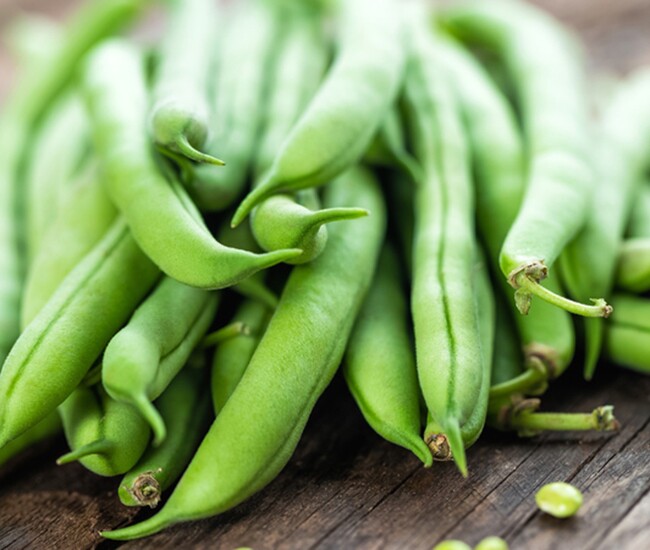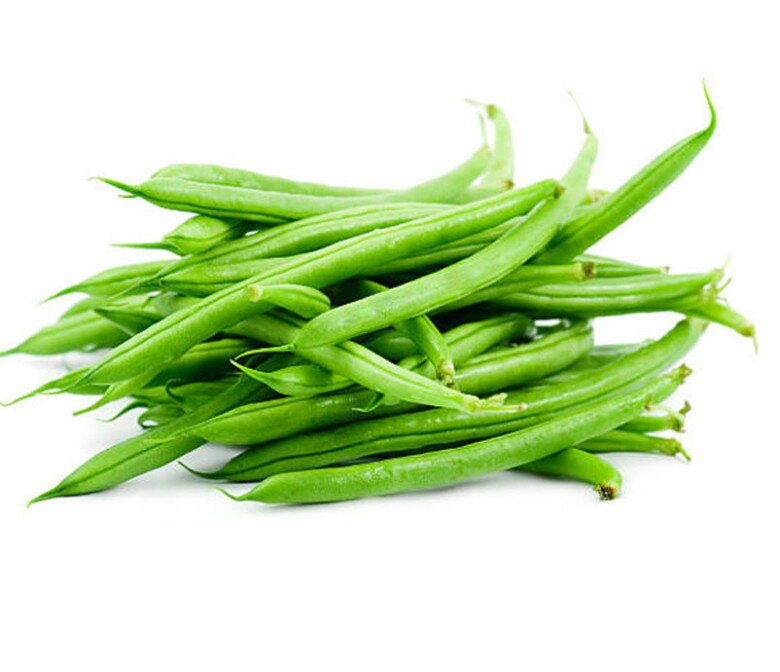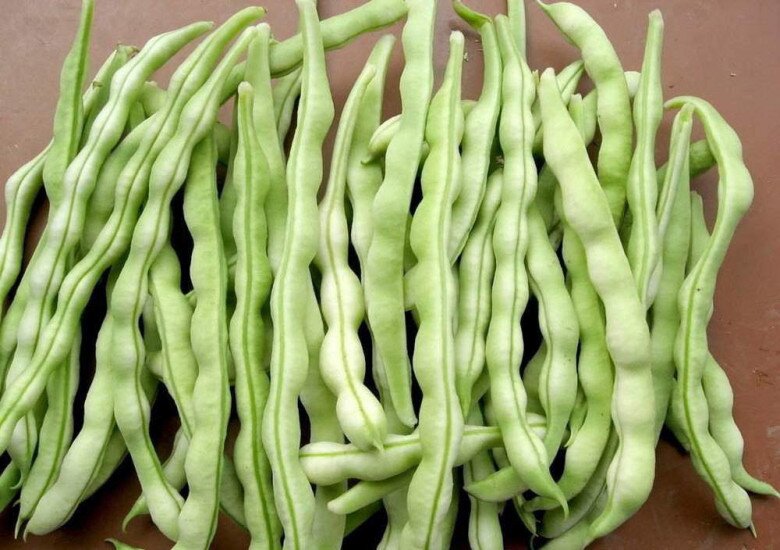Observing the Surface
When selecting beans, the first thing you should do is observe their surface. Fresh beans typically have a smooth skin, free from any bumps or abnormalities. The presence of black spots may indicate exposure to pesticides or damage during transportation. Additionally, beans with cracks on their surface tend to lose moisture and nutrients, affecting their taste and texture when cooked.

Checking the Color
Color is a crucial indicator of bean freshness. Freshly picked beans usually have a vibrant green color and a glossy appearance. If the beans have turned yellow or show signs of wilting, it’s best to avoid them as they may have been sitting for too long, leading to moisture loss and reduced quality. Wilted beans often taste bland and lose their signature crispness when cooked.

Examining Bean Bump
Each bean has a bump caused by the seed inside. Younger beans tend to have a flatter surface, while older beans will have a more prominent bump due to the larger seed. Older beans often contain more fiber, resulting in a chewier texture that may be less desirable. While the bump size varies across different types of beans, the general rule is that the flatter the bean, the younger and fresher it is.

Testing Crispness
The simplest way to assess bean freshness is by touch. Fresh beans feel smooth and crisp, and they snap easily when bent. On the other hand, if the beans feel soft, wrinkled, or bend without breaking, they are likely older or past their prime.
Note
Beans are often treated with pesticides, so it’s essential to source them from reliable suppliers or opt for organic options. Ensure that beans are thoroughly cooked before consumption to minimize any potential health risks.
By following these simple tips, you can easily select fresh and delicious beans, ensuring your family enjoys nutritious and flavorful meals.

































